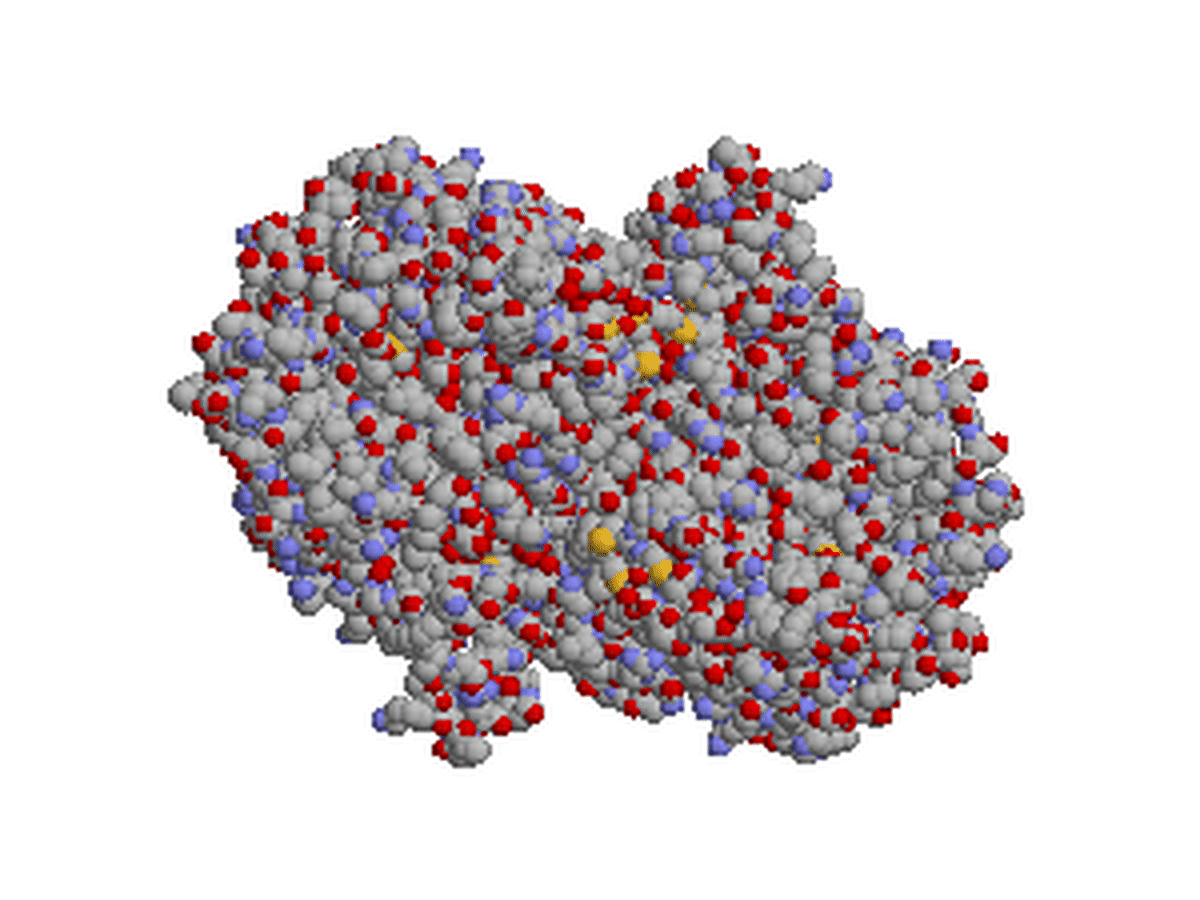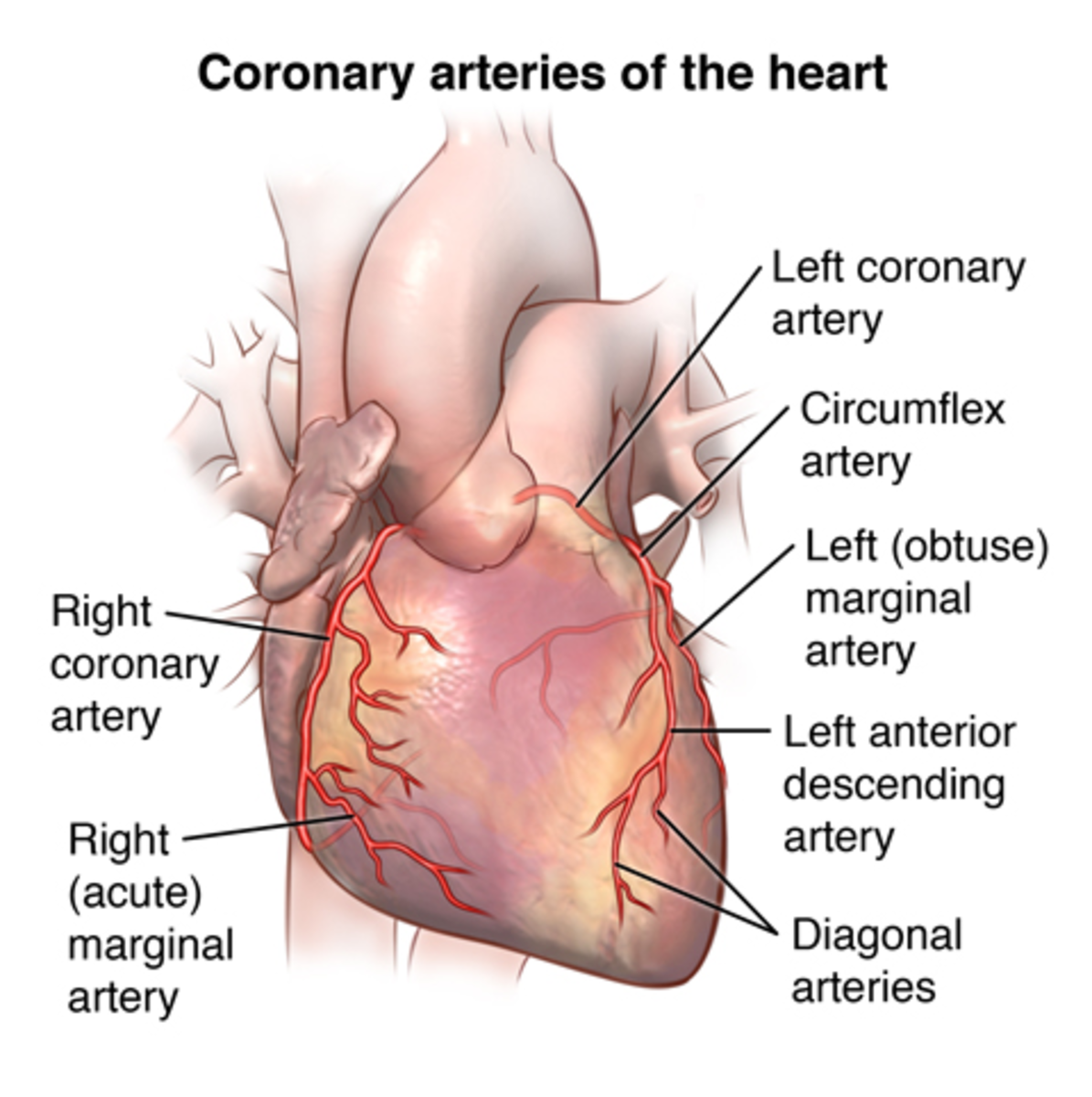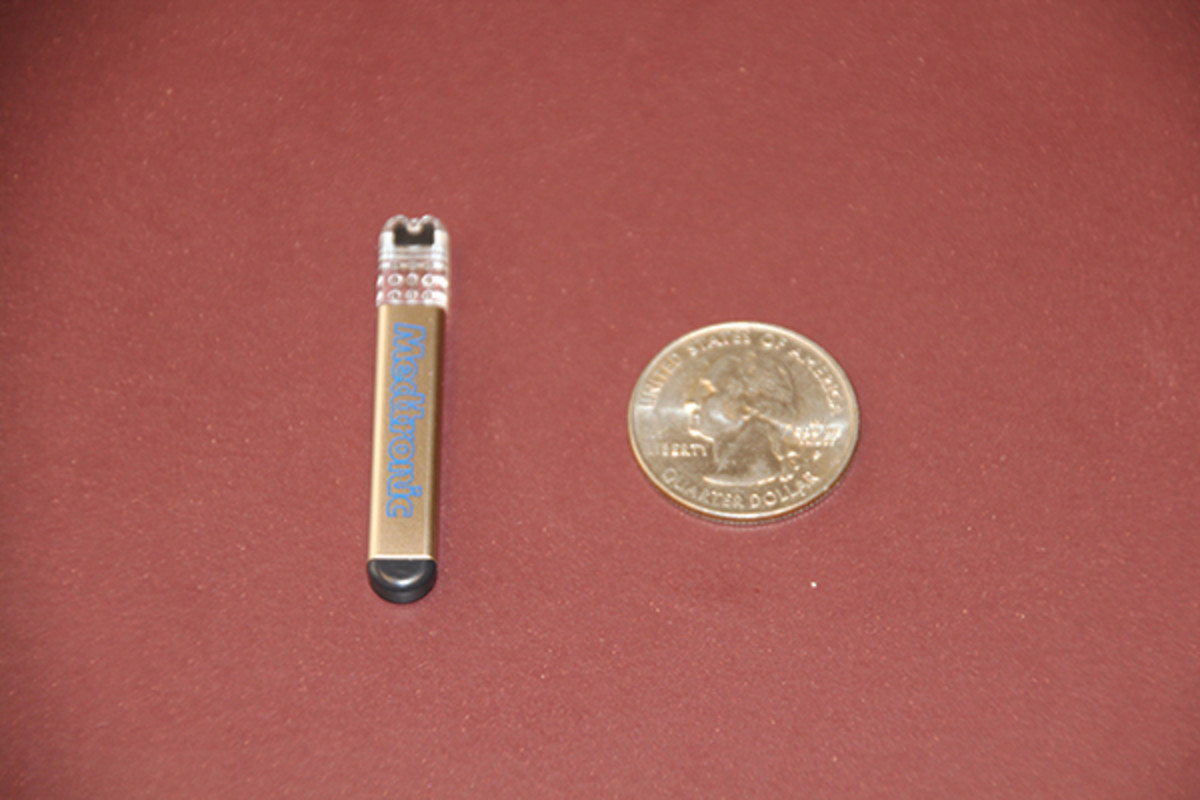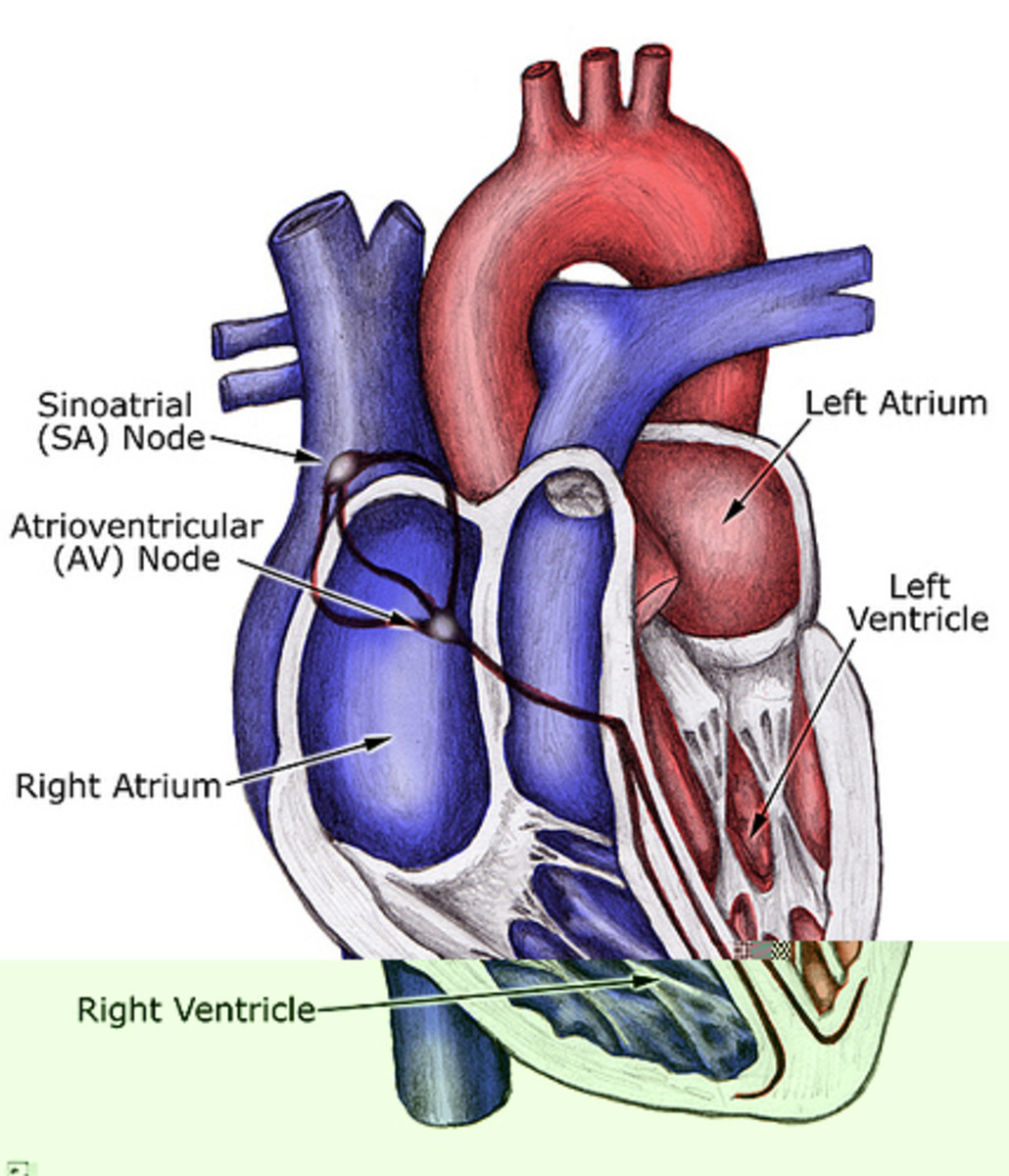Different Types of Heart Tests
The potential extent of the heart damage can be predicted, soon after entering the unit, from two tests.
Electrocardiogram
The electrocardiogram shows very specific changes which not only help to assess the amount of muscle damage, but its site. It can determine whether the infarct affects the left or right chambers, or the upper or lower surfaces of the heart.
Testing for enzyme levels
The second test involves a simple blood test for enzyme levels. These enzymes are released from dying muscle cells into the blood stream: the levels reached directly reflect the amount of heart muscle damage by the infarction. High enzyme levels and big ECG changes suggest a difficult recovery period; small changes in both suggests guarded optimism about the outcome.
Assessment of the ECG findings together with the enzyme test results, therefore, gives the doctors a good guide to the extent of the heart muscle loss, which sector of the heart is affected, and the prospects for recovery to good health.
For most MI patients, these tests are all that are needed to make the diagnosis and to form the basis for treatment. A small minority, however, need more tests. Some of them may be more seriously ill than the ECG or enzymes suggest, others may be sliding into 'heart failure', a condition in which the heart beat is not strong enough or efficient enough to maintain the circulation.
Ventriculography
These patients may need a technique called ventriculography to determine exactly where the fault lies. This involves a special X-ray (a contrast ventriculogram) or radioisotope system (a scintigram) under either of which the radiologist can watch the movement of the heart with each beat, and examine damaged areas in detail. That allows any possible surgery to be planned very meticulously in advance.
In some severe cases, the heart wall can be so damaged that it thins out to form a balloon-like weak spot. Nowadays this 'aneurysm' can be removed: the remaining heart muscle can then become an efficient pump again, and add years of valuable and worthwhile life to a person who would otherwise have died. Ventriculography is used to identify this type of damage.
Ventriculography involves either swallowing a tasteless liquid or receiving a small injection; the only other demand on the patient is that he or she lies still while the cardiac team watch the X-ray or television screens.
- Drinking Alcohol and Heart Disease - Facts and Information
Every cigarette has the potential to do the heart harm. Is the same true of alcohol? That is very difficult to answer. First, it has to be conceded that there is no evidence to link moderate amounts of... - Cholesterol and Heart Disease
Everyone living in any developed country must have heard about cholesterol. The message has been pushed that high cholesterol levels spell out inevitable heart disease, and that we should all switch to eating...








